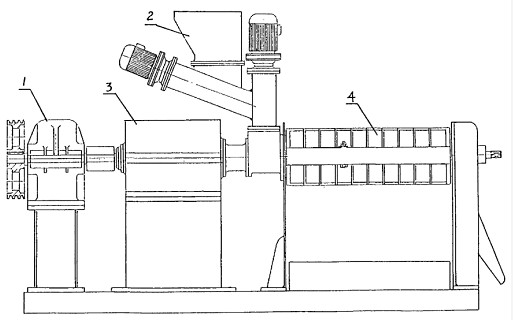Extraction and analysis of volatile components in mustard oil
Mustard oil is a seasoning obtained by mixing the essential oil of mustard extracted from the seeds of Brassica juncea with a certain proportion of vegetable oil, where the main volatile component in the essential oil of mustard is the allyl isothiocyanate, which is composed The presence of glucosinolates in mustard seeds is hydrolyzed by the action of myrosinase.
The mustard oil is extracted by mechanical microwave drying technology.
In all the seed, glucosinolate and myrosinase coexist in isolation and the seeds are crushed and then put in contact; therefore, to improve the performance of the essential oil by extracting the mustard essential oil, the mustard seeds are pulverized and water is produced.

The refined mustard oil has a spicy and spicy flavor, which has the effect of dissipating cold, swelling, refreshing and refreshing, and appetizing, not only is a seasoning for cold salad, but also a sauerkraut, mayonnaise, salad, curry. Powdered condiments
Since the main volatile component in mustard oil is allyl isothiocyanate, it has been found in the literature that the analysis of the components in mustard oil is mainly for the study of isothiocyanates, but for all the volatility in the mustard oil. There are few ingredient reports. A variety of methods can be used to extract volatile components, but solid phase microextraction has been widely used to extract volatile components due to its sensitivity, rapidity, ease of operation, low sample consumption and without solvent.
In order to fully understand the volatile components in mustard oil marketed in the domestic market, solid phase microextraction combined with gas mass spectrometry was used to extract and analyze the volatile components in four commercially available mustard oils. It is expected to provide a reference for future research and development of such products.